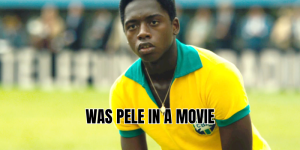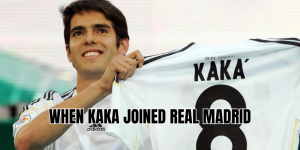The question “does Yamal go to school” has captured the curiosity of football fans. At its heart lies a deeper intrigue: how does a teenage football prodigy balance elite sport with education? In this article, SaiKick explores the schooling journey of Lamine Yamal — whether he still attends classes, how he managed exams while playing international tournaments, and what his educational future might hold.
Who Is Lamine Yamal — A Quick Snapshot
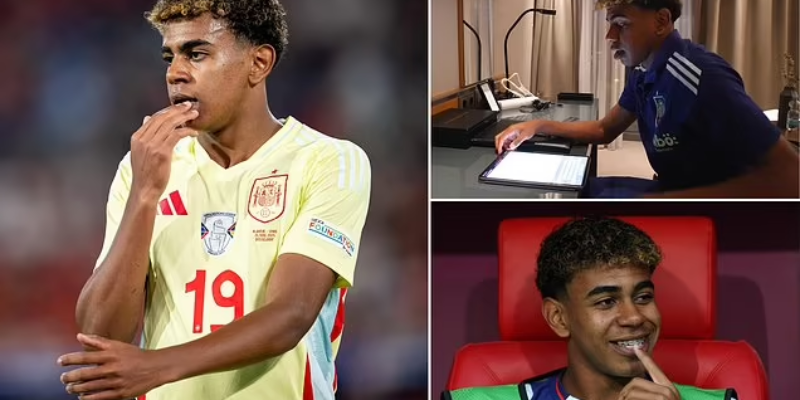
Before diving into his schooling, it helps to know who Yamal is: Lamine Yamal Nasraoui Ebana, born July 13, 2007, is one of the brightest young stars in world football. He rose through Barcelona’s famed La Masia academy and made his first-team debut as a teenager. He also broke into Spain’s senior national team at 16, becoming the country’s youngest-ever goalscorer. His speed, dribbling, technique, and maturity on the pitch belie his youth.
With that rapid rise comes inevitable questions: amid training, travel, and matches, does he still attend school like his peers?
Yamal’s Schooling: Past and Present
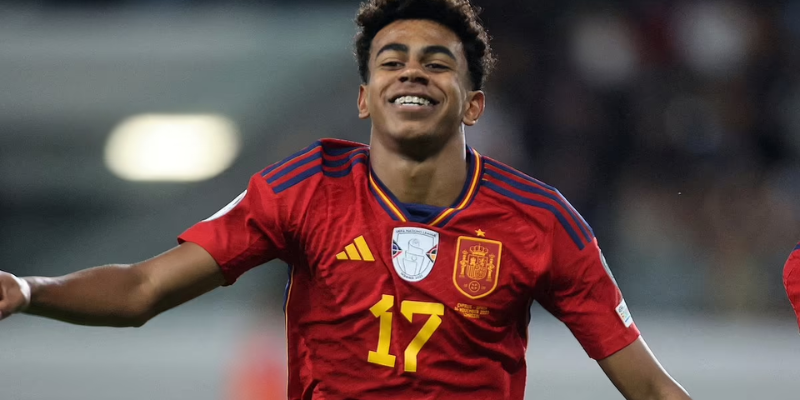
Early schooling and balancing football
Growing up, Yamal followed the usual education path in Spain. Even as his football star ascended, he remained enrolled in secondary school and fulfilled homework assignments between training. During the run-up to major tournaments like UEFA Euro 2024, he admitted to taking his schoolwork with him on national team duty. He reportedly said: “I brought my homework with me because I’m finishing high school.” This suggests that until mid-2024, he was still formally in the schooling system.
Spanish sports authorities and the Spanish football federation even noted that he “still goes to class … every day I get different homework. Sometimes they give me more to do at home, but I do it every day.”
Passing his secondary school exams
In June 2024, just as Euro 2024 was underway, Yamal received the news that he had passed his secondary school exams — in Spain the ESO (Educación Secundaria Obligatoria) qualification, marking the completion of compulsory secondary education.
He reportedly learned of his exam results mid-tournament, checked.
That milestone meant he had satisfied the formal requirement of Spain’s secondary education system.
Has he completely left school?
With the ESO behind him, the question is: does he still go to school? Some reports suggest that Yamal no longer plans to return to traditional classes. In interviews, he hinted that if Spain were to reach the Euro 2024 final, he might not go back to class — relying instead on remote or online methods.
Other media sources claim that he “left school studies” to focus full time onausing tension at home — with his mother reportedly upset by his decision to prioritize sport over education.
Thus, the picture is mixed: while he fulfilled compulsoryulsory schooling, it appears he has now stepped away, in-person schooling.
Why Yamal Stayed in School as Long as He Did
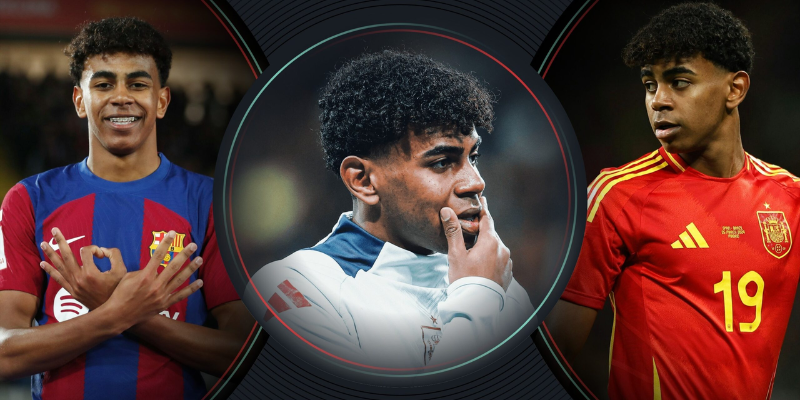
Importance of a backup
Even in elite football pathways, education can serve as a safety net. Injuries, loss of form, or early burnout are real risks. Maintaining schooling gives a fallback and helps in holistic development — especially as young athletes mature beyond the pitch.
Regulations, federation support, and public image
Football associations in Spain and across Europe often encourage or require youth players to continue academic studies, at least through fundamental levels. Public opinion often holds up young stars who “still go to school” as role models for balance, humility, and discipline.
Personal commitment
Remarkably, Yamal’s own remarks show a sense of responsibility. During Euro 2024, he admitted to doing homework during training camps and matches. That reveals a mindset of commitment — he was not simply carried by his talent.
What Happens Now? Possibilities and Challenges
Vocational or tailored education
With ESO completed, he may now opt for vocational training, selective courses, or flexible distance learning programs suited for professional athletes.
Mentorship, life skills, and future planning
Even if traditional schooling ends, there’s scope for tailored education in financial literacy, media training, languages, or coaching. Clubs often provide personal tutors or programs to help stars grow off the pitch.
Risks and trade-offs
Without structured schooling, dangers include loss of intellectual engagement, lack of plan B, or challenges adjusting post-career. The transition for young athletes who drop out entirely can be rough.
How Other Young Stars Managed Education
Young football prodigies often face the same crossroad. Some continue until late teens via distance or part-time schooling; others leave earlier but attend private tutors. A few have pursued degrees later in their careers. The key patterns:
- Use flexible or online systems tailored for athletes
- Combine education with club-provided tutors
- Emphasize life skills beyond sport
- Re-enter education post-football if desired
Yamal’s case follows this broader pattern: maintaining schooling as far as possible, then transitioning to a football-first focus when formal education obligations were fulfilled.
Final Thoughts
Does Yamal go to school? The answer is nuanced. Up to mid-2024, Yamal did go to school, balancing training, matches, and homework. He passed Spain’s secondary school exams (ESO) while playing internationally. However, after that, it appears he no longer continues regular classroom attendance and is likely focusing solely on his football development, perhaps with alternative educational support.
If you want to keep up with Yamal’s latest stats, club news, or whether he pursues higher education in the future, SaiKick will be here.





